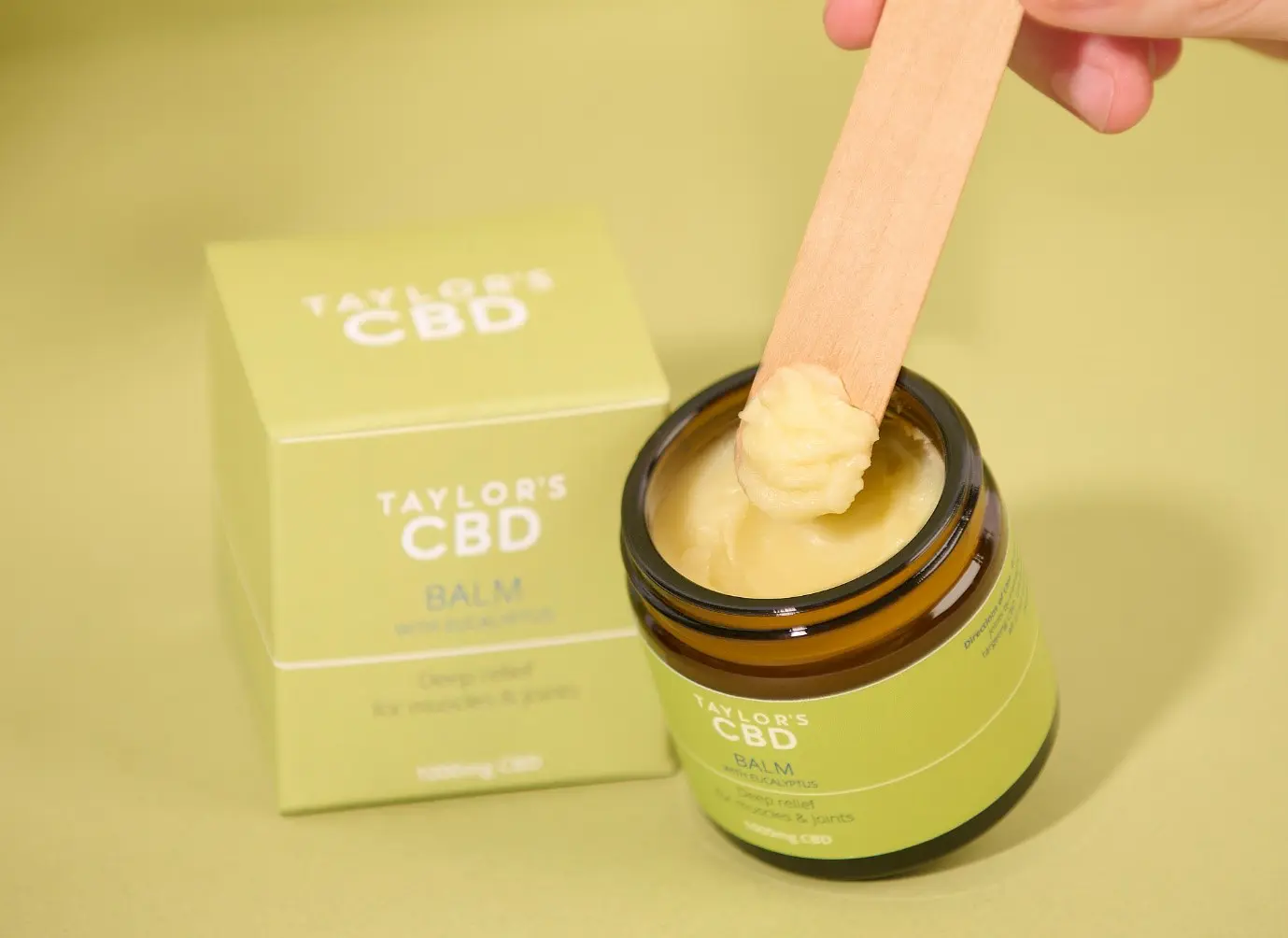Working with Hemp, a sustainable super-plant
Hemp is one of the world’s most versatile plant.
Its hardy nature means it is robust and doesn’t require pesticides or herbicides, making it an eco-friendly choice for sustainable agriculture. Additionally, hemp has the ability to capture and store carbon dioxide from the atmosphere, contributing to the fight against climate change. Good news so far! It was first grown 12,000 years ago in northwest China for its fibre and medicinal properties.
A plant with Ancient Roots.
It was first grown 12,000 years ago in northwest China where it was valued for its fibre and medicinal properties. Historically, it has played a key role in many cultures: George Washington grew hemp and it is said that the first American flag was made from hemp, while Queen Victoria reportedly used hemp to alleviate menstrual pain in the 1800s.
The Environmental Benefits of Hemp
Deep Roots: Hemp has a very deep root system, its roots can grow up to 9 feet deep enabling it to obtain its nutrients and water from below the surface. This reduces the need for irrigation and helps preserve essential minerals. Furthermore, hemp’s deep roots combat soil erosion making it an excellent crop for sustainable farming.
High CO2 absorption rate: As well as its deep roots, hemp grows upwards rapidly, 4 meters in 100 days, which makes it incredibly efficient at converting CO2 to biomass. One hectare of Hemp can absorb up to 22 tonnes of CO2 annually – a figure unmatched by other commercial crops plus it is also possible to grow up to two crops per year, doubling its environment impact.
The many uses of Hemp
Hemp’s versatility extends far beyond environmental benefits. It is used in a variety of industries to create products such as:
- Textiles: Durable and sustainable fabrics.
- Construction Materials: Hempcrete, a lightweight and eco-friendly alternative to concrete.
- Biofuels and Bioplastics: Renewable energy sources and biodegradable materials.
- Everyday Products: Paper, skincare, hair conditioner, and more.
Hemp-derived CBD (cannabidiol) has been touted as a “miracle treatment”, which of course it isn’t, but CBD does have a multitude of uses and is widely recognised for its anti-inflammatory properties. CBD infused products including drinks coffee and skincare are becoming increasingly popular for their ability to support wellness.
The main area in which Taylor’s CBD works is with pain relief, CBD has wonderful anti-inflammatory properties which we use in our balms, creams and oils.
Taylor’s CBD: Sustainability at its core
Taylor’s CBD is committed to making a positive impact on the environment and the Hemp plant is at the centre of our products. Our CBD products including balms, creams and oils, are made with organically grown hemp, to provide effective pain relief and reduce inflammation.
Eco-Friendly packaging: Our products are packaged using recyclable materials such as glass for the balms, to minimise environmental impact.
Join us in Building a Greener Future
Let’s be greener and more sustainable together so that we can create a better world for us, our children and our grandchildren. Hemp’s incredible potential makes it the cornerstone of a greener, healthier planet. Let’s embrace its benefits and work together for a brighter future.



